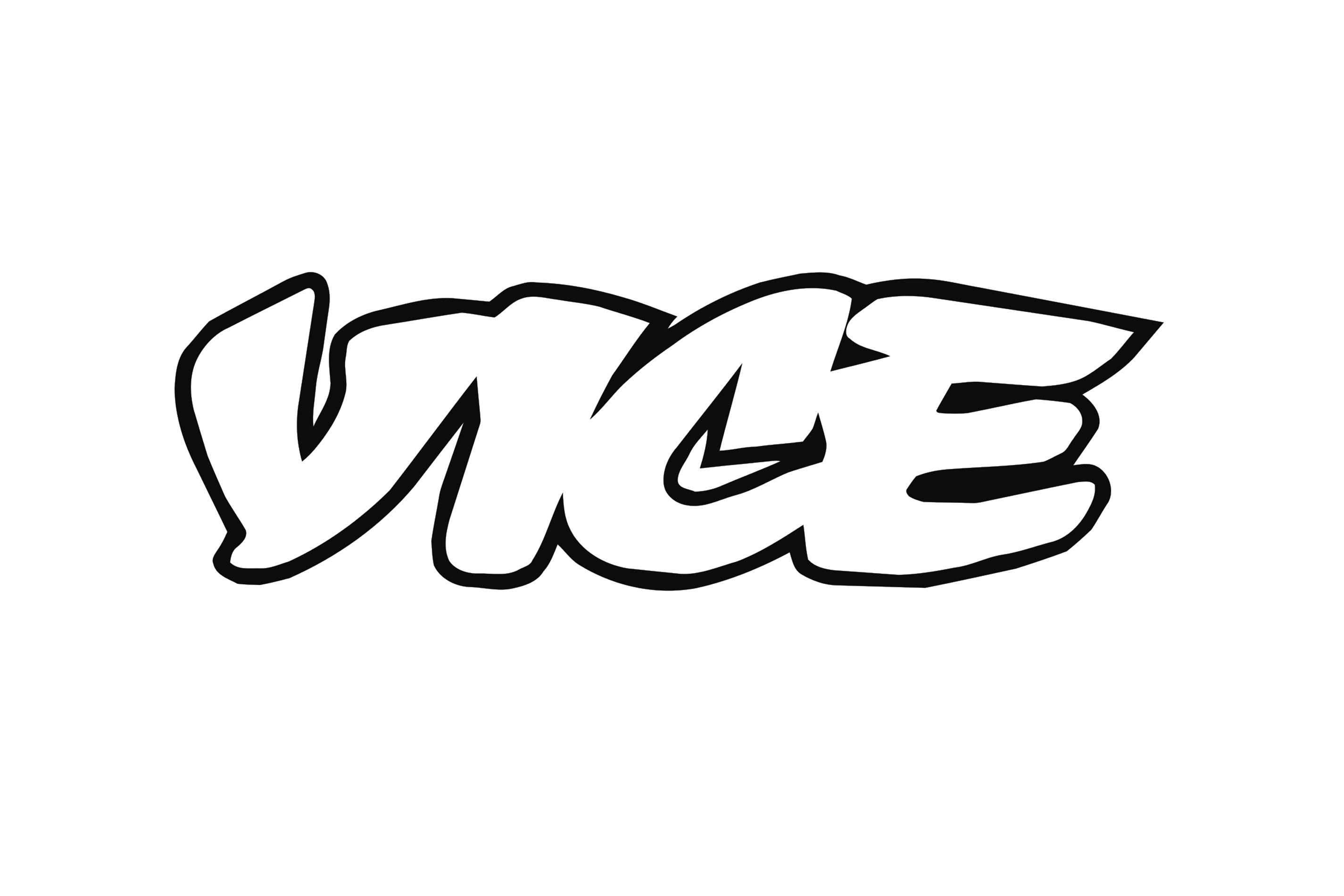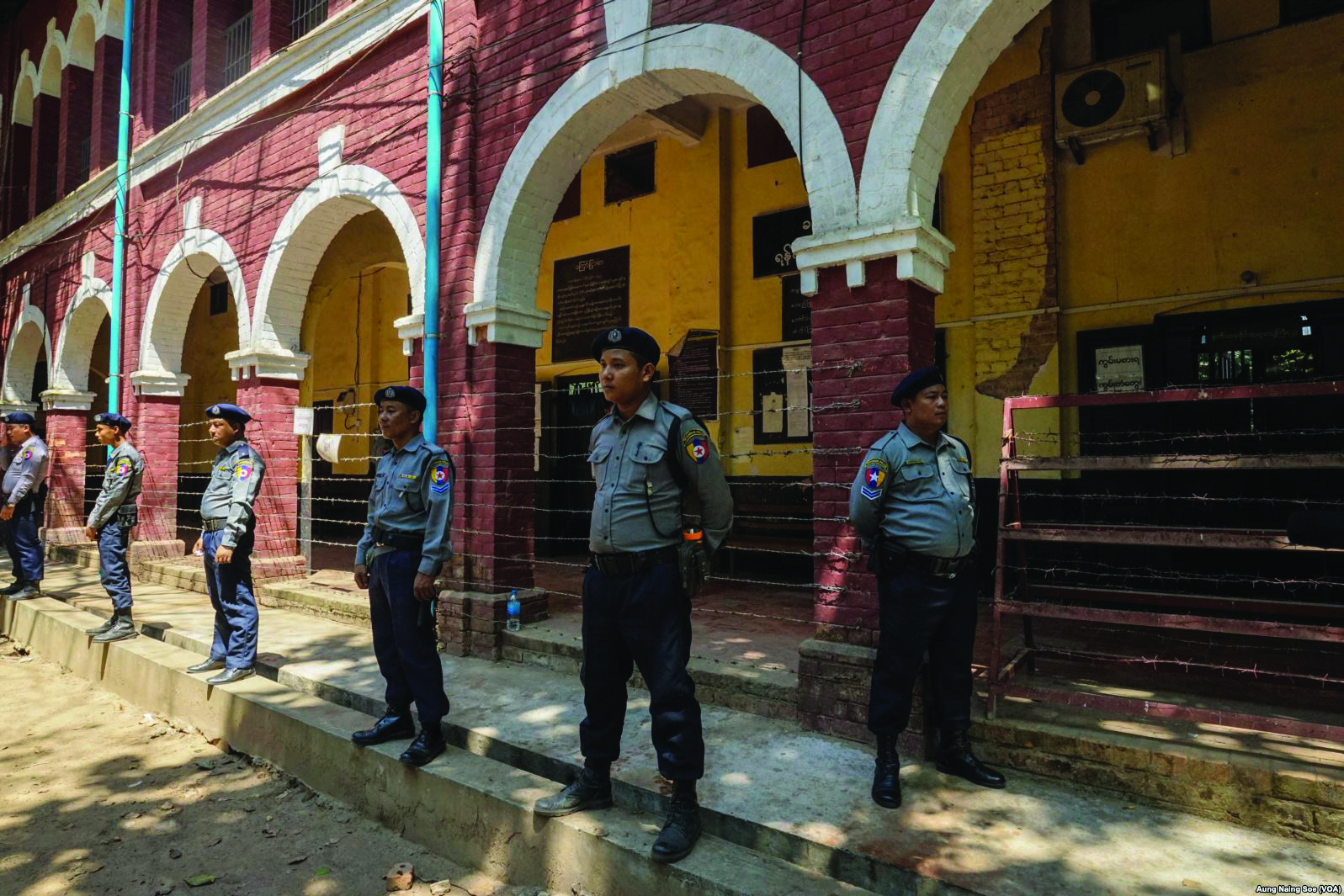Student implements unique ‘ecoroofs’
Wouldn’t life be more eco-friendly if one could stand under a roof covered with greenery rather than one surfaced with shingles or metal roofing?
Jason Wallace, a senior in community development and change, believes so, and he is putting his vision into action.
The concept embraces a series of free-standing community signboards built in public places throughout the Portland area.
Wallace calls them “living signboards with ecoroofs.” He is launching the project under a $1,500 Creative Education Activities Grant from Portland State University. Cooperation with neighborhood associations and the city, plus plenty of volunteer labor and donations, are helping push the project forward.
Wallace is going ahead with plans to erect signboards in Forest Park, another in a park adjacent to Franklin High School and Atkinson School, as well as one projected for the area near the Food Front cooperative grocery at 2375 N.W. Thurman Street.
The typical prototype signboard stands 9.5 feet high, 6 feet wide and 9 feet long, but the dimensions can be scaled to fit the various sites. Most are to be made of wood, although there is a metal design in the works.
The signboards can be used by the organization accepting them to expose messages to the neighborhood, or they can be used as billboard locations to tack up fliers and notices.
It is hoped they will become a form of public art.
Uniquely, the signboards will be covered with ecoroofs, which consist of succulents (of which cacti are one type) and sedum, a type of groundcover that Wallace describes as “not quite a shrub.”
The vegetation on the ecoroof is water absorbent. It will absorb rain that might otherwise flow into storm sewers. The design of the structure permits a free flow of air, and he sees it as a natural gathering place for neighborhood residents.
As Wallace assesses the overall concept: “These permanent public art installations provide valuable insight into a newly emerging industry, ecoroofs, and the ease with which this urban greenspace-expanding tool can become art.”
He sums up the multiple benefits to his ecoroof design by describing how the succulents and groundcover will retain water and not dry out. The design will also avoid grasses that would dry out quickly and potentially become a fire hazard.
“These greenroofs reduce storm water runoff, expand urban greenspace and reduce the urban heat island effect,” he said. He referred to the roof of the Urban and Public Affairs Building, which he said was constructed so it builds up heat rather than dissipates it. Wallace sees the signboards as new opportunities for community artists.
“This marriage of public art, living organics and interactive functional urban sustainability is certain to be a strong portfolio-builder for contributing artists,” Wallace said.
He sees the boards as centers for community pride and development. As such, he feels they would prove unattractive to graffiti taggers and vandalism.
What about city regulations on construction permits? As the city has interpreted its regulations to him, so long as the structures are less than 10 feet tall and less than 100 square feet in roof dimension, they do not require building permits.
The necessary bureaucratic wheels are grinding to make the first installations possible. Wallace sees the possibility of the first one going up in late summer.
To energize this project through its many necessary phases, Wallace has worked with PSU, various neighborhood associations, fellow PSU students and numerous private individuals who have contributed time or materials, as well as the pertinent regulatory bodies.
“It’s a project of love that’s testing how much I love this project,” he said.
Besides the signboards, Wallace has developed a shed design. He also is looking to realize his metal-roofed concept and is seeking weekend volunteer welders in mid to late summer. His phone number is 503-281-7809, and his e-mail address is jwallace@pdx.edu.



